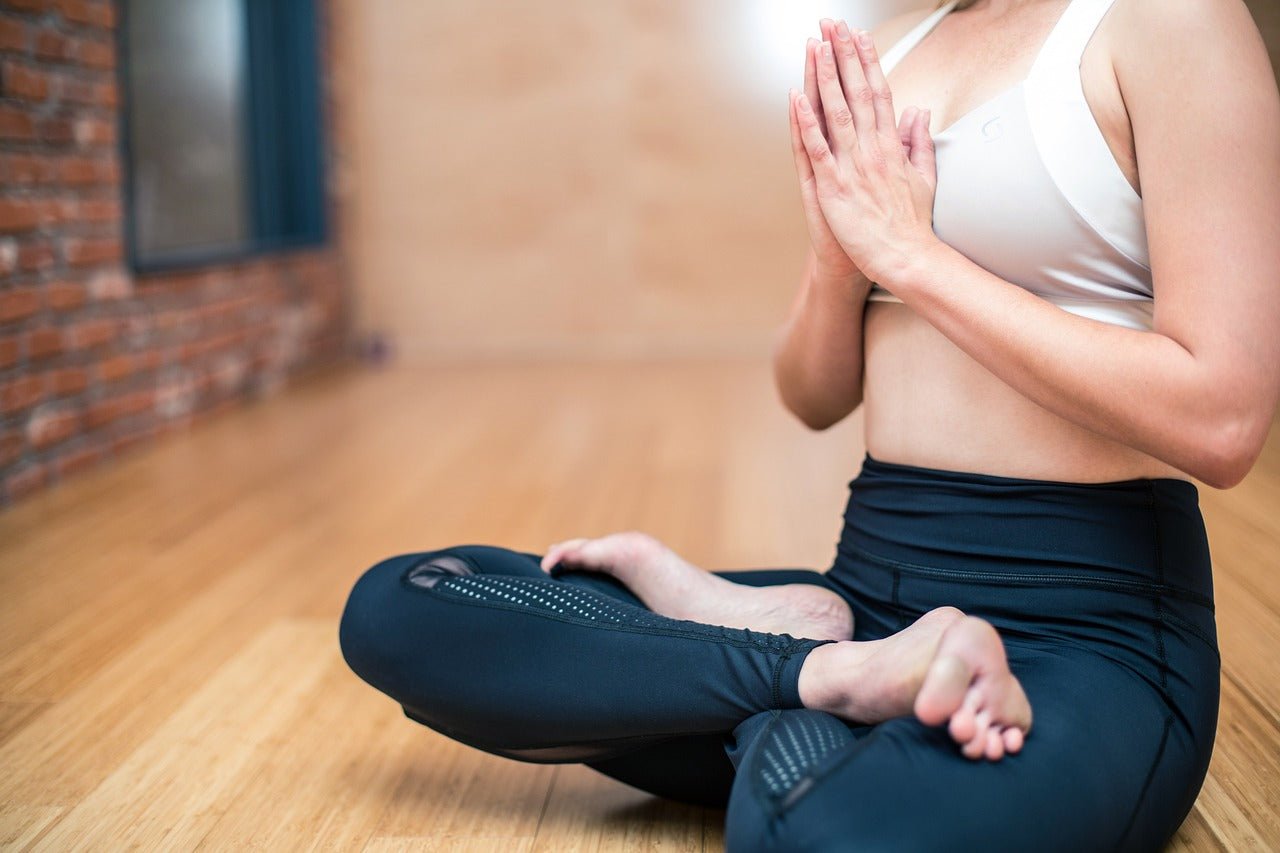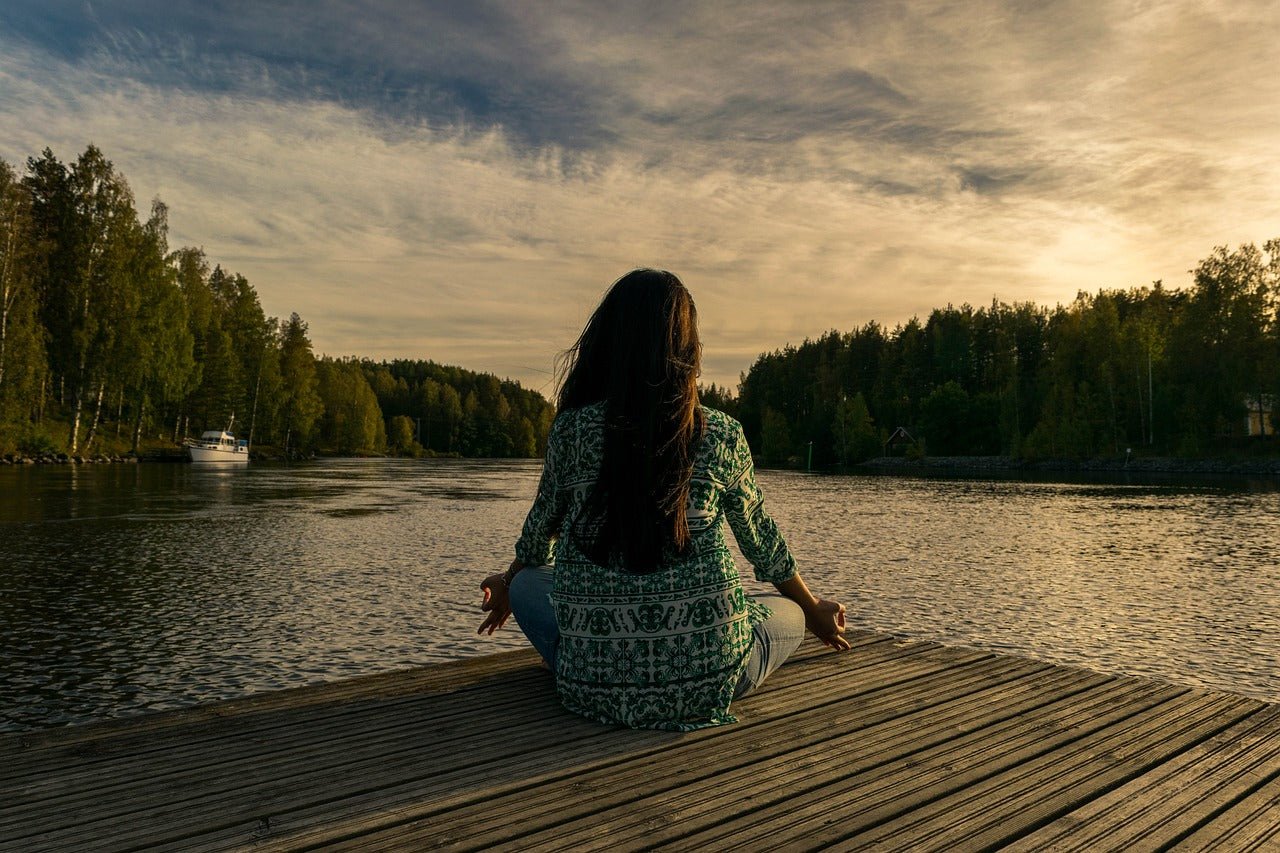
The Different Styles of Yoga : Find the Right One For You
You’re actively seeking out a yoga class, but aren’t sure which style to go with. The list of terms and the plethora of styles is confusing, and you’re not sure which method would be best for you.
Are you just starting out, or are you wanting something more at an intermediate level? We’ll go over the different styles of yoga, including some more recent developments, and help you choose an approach to yoga that works best for your physical and mental needs.
Hatha Yoga
In a sense, most yoga practiced in the West is Hatha Yoga. This simply means the yoga discipline is tied to bodily postures, stances, and breathing techniques meant to unite mind and body, bringing about greater peace, health, and wholeness.
Hatha Yoga classes tend to start with the basics of breathing, sitting, stretching, and working your body through the various asanas or poses of yoga. This is a great place for those just starting with yoga, who may need some extra guidance and some time to understand and memorize the various postures.
We recommend a Beginners Hatha Yoga class for those new to yoga, as it’s most likely to start you off gently, explaining the basics, and easing you into the discipline. The other forms of yoga mentioned here are derived from Hatha Yoga but with more specific rules, emphasis, or equipment.
Vinyasa Yoga
Vinyasa Yoga is a bit more freeform and is perfect for those who have already mastered basic flexibility, breathing, and postures. Every Vinyasa class is different, and each teacher has their own set of poses that they’ll emphasize and walk the class through.
The main thing that’s unique about Vinyasa Yoga is the emphasis on flowing fluidly from one posture to the next through mindful, smooth breathing and purposefulness. Vinyasa sessions are graceful and on observation, seem to look like a cross between Hatha Yoga and Tai Chi.
Vinyasa Yoga is best for those with good balance, and some familiarity with the core asanas. It’s a very calming, gentle yoga style with an emphasis on breathing, fluidity, and bringing the body and mind into sync with the idea that “all is one”.
Intermediate yoga practitioners seeking a calming and meditative yoga experience would be likely to appreciate and benefit from Vinyasa Yoga.
Iyengar Yoga
Iyengar Yoga would be ideal for those seeking to use yoga to align the spine, increase flexibility, and improve joint health. The emphasis here is on the physical exercise aspect of yoga, and props such as chairs, folded blankets, and pillows are used to help cushion the body and support the frame during various asanas.
There is quite a bit of focus on detail and bodily alignment, and the poses tend to be careful and mindful, reducing the likelihood of injury or straining your body too much. Iyengar Yoga is excellent for building strength, increasing body flexibility, improving spinal alignment, and even reducing the effects of chronic pain.
This school of yoga would be ideal for those seeking to benefit from the physical health boons conferred by yoga, or who are worried about stressing their body in the studio. While the emphasis here is physical, it’s not fast-paced or intense making it perfect for yoga practitioners needing some extra support or for those just starting out.
Hot Yoga or Bikram Yoga
Hot Yoga or Bikram Yoga has really taken off in the last few years. It’s quite intense and would be ideal for those already familiar with the asanas who are looking for something more challenging.
The main difference in Bikram Yoga? The room is heated to an incredibly hot 85 to 105 degrees Fahrenheit. Oh, my gosh! It’s quite the experience, and it’s not especially safe for those with cardiovascular issues, heat sensitivity, or who are prone to fainting.
For a younger, stronger person, though, this could be a great way to help shed some extra pounds in the process of getting limber. Bikram Yoga is also quite structured, featuring 26 asanas and 2 prayana yamas or deep breathing sequences per session, in a specific order.
It’s a very challenging workout and would be best approached by those in excellent health seeking something different and physically compelling.
Restorative or Yin Yoga
If Bikram Yoga sounds too intense, what about something more relaxing and meditative? Restorative Yoga seeks to be just that. Being a very slow, relaxed, easy-going school of yoga, Restorative Yoga holds the asanas for longer periods with the help of blankets, pillars, and other bodily supports.
During these prolonged asana postures, the mind is encouraged to relax, and there is room for settling the thoughts and restoring the soul in a restful way. The asanas are held for anywhere from 3 to 10 minutes or more, allowing the body to become truly comfortable in a pose. This is made easier with cushioning and soft props.
Those seeking a form of yoga that can help ease mental health tensions, reduce anxiety, improve sleep quality, and reduce physical pain may find Restorative Yoga to be extremely helpful. It’s a much slower, more mindful practice that would work wonders for mental health while gently building physical endurance.
Final Thoughts
Hatha Yoga, Vinyasa Yoga, Iyengar Yoga, Bikram Yoga, and Restorative Yoga can all be helpful and rejuvenating practices, depending on your physical needs and limitations.
Hatha, Iyengar, and Restorative Yoga would all be ideal for beginners, or for those in need of extra support with balancing. In addition, Iyengar and Restorative Yoga place greater emphasis on the mind-body connection, relaxation, and the health of the spirit and would be helpful for those seeking relief from tension and anxiety.
Vinyasa Yoga flows smoothly but quickly from asana to asana, and would be best for those with some familiarity with yoga and who are already flexible and have good balance.
Finally, Bikram or Hot Yoga is best for those who are already experts at the various asanas and in excellent physical health. It’s intense, takes place in super-heated rooms, and is pretty hard on the body. It can, however, help encourage weight loss and greater physical endurance.
Remember to find a yoga teacher who understands your needs, and make sure the class is a good fit for your abilities and expectations. If not, it’s ok to switch to a different class or a different intensity level.
To shop for our latest selection of comfort wear, check out our website or to learn more about yoga in our other guides:
Building A Consistent Yoga Practice




